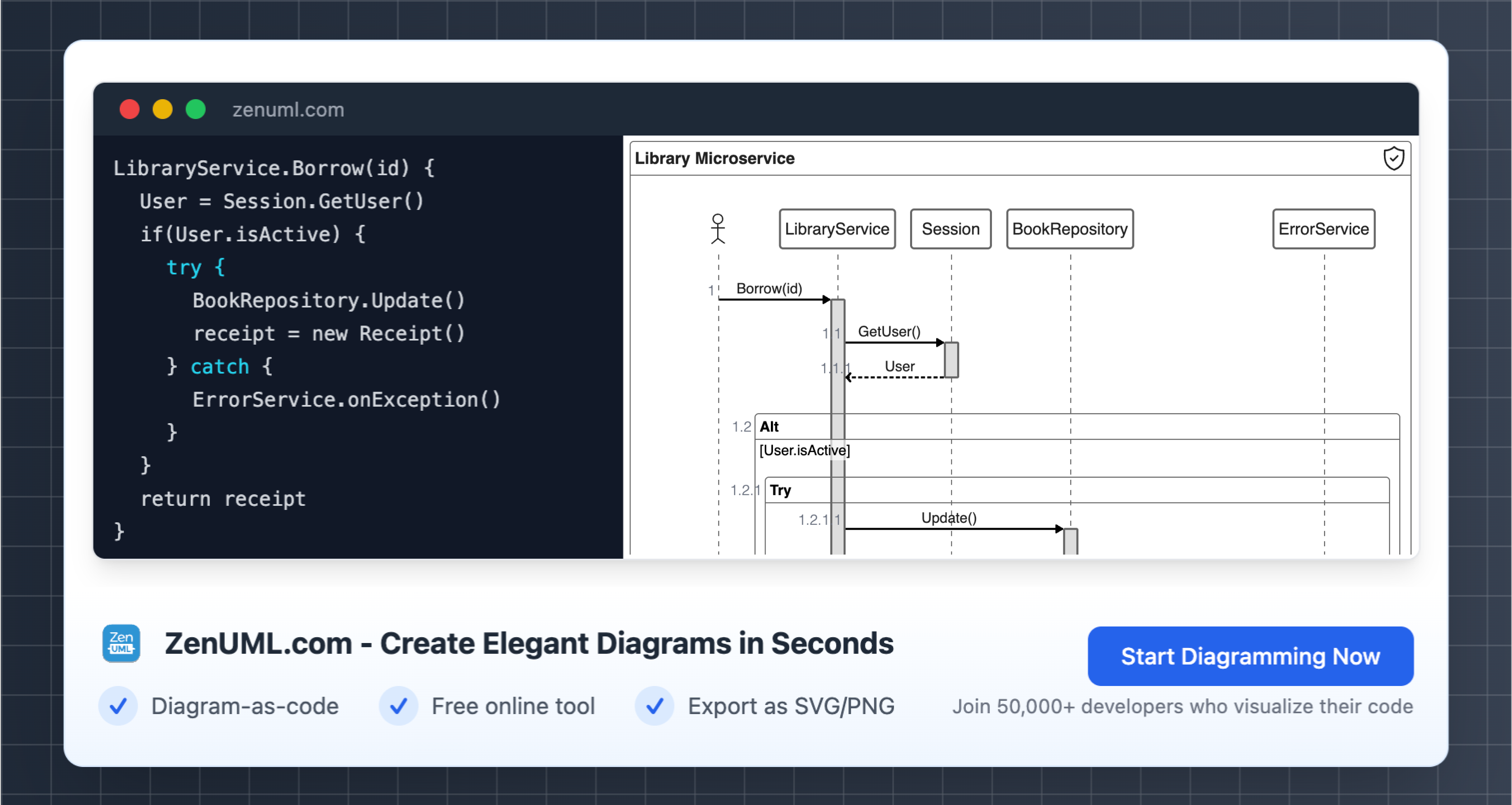Introduction
In the world of business process modeling, the traditional go-to technique has been the Business Process Model and Notation (BPMN). However, as technology advances and the need for more dynamic and interactive process visualizations grows, a new contender has emerged - the sequence diagram. Sequence diagrams offer a unique and powerful way to represent the flow of processes, making them a valuable alternative to BPMN in certain business scenarios.
This blog post will explore practical examples of how sequence diagrams can be used to effectively model business processes, replacing the traditional BPMN approach. We will delve into the benefits of sequence diagrams, their versatility, and how they can be seamlessly integrated into your business process management strategies.

